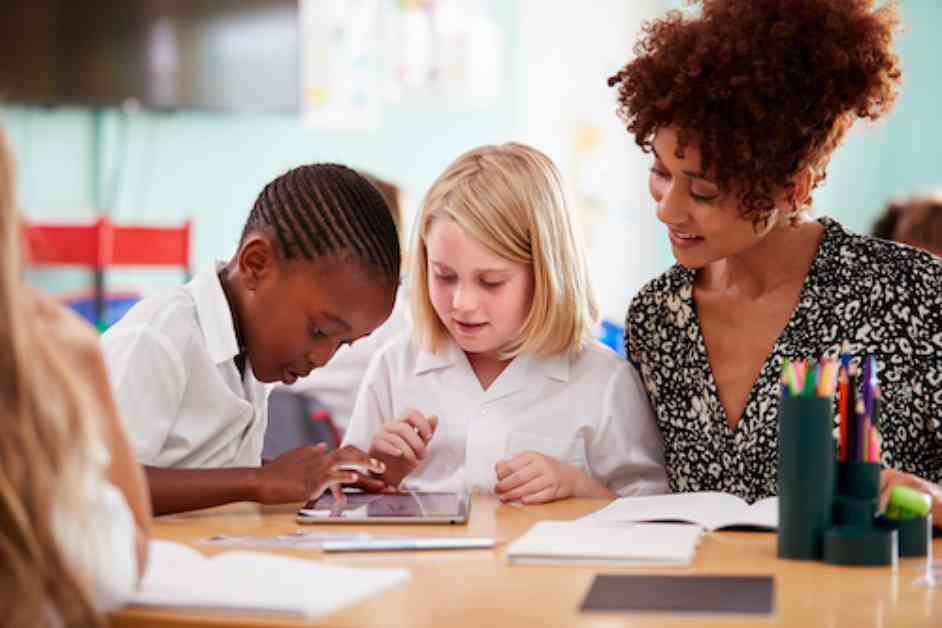Incorporating technology into the classroom has numerous benefits for both teachers and students. One of the key advantages is increased engagement through interactive tools like educational apps, videos, and virtual simulations. These resources make lessons more dynamic, capturing students’ attention and encouraging active participation, ultimately leading to better comprehension and retention of material.
Personalized learning is another significant benefit of technology integration in the classroom. Adaptive learning software allows educators to tailor instruction to individual student needs, ensuring that each learner can progress at their own pace. This personalized approach helps struggling students receive extra support while allowing advanced students to explore topics in more depth.
Collaboration is also enhanced through technology, with platforms like Google Workspace and Microsoft Teams enabling students to work together on assignments and projects both inside and outside the classroom. These tools foster teamwork and communication skills, which are essential for future success in the professional world.
Additionally, technology provides easy access to a wide range of resources, from online libraries to research databases, allowing students to explore various topics and develop their independent learning skills. By integrating technology into the classroom, students are better prepared for the technology-driven world they will encounter in their academic and professional lives.
Overall, the use of technology in the classroom offers a variety of benefits that enhance both teaching and learning experiences. From increased engagement and personalized learning to improved collaboration and access to resources, technology enriches the educational environment, making learning more effective, engaging, and accessible. By leveraging technology effectively, educators can create a more inclusive and dynamic learning space that prepares students for future challenges in the digital age.



















